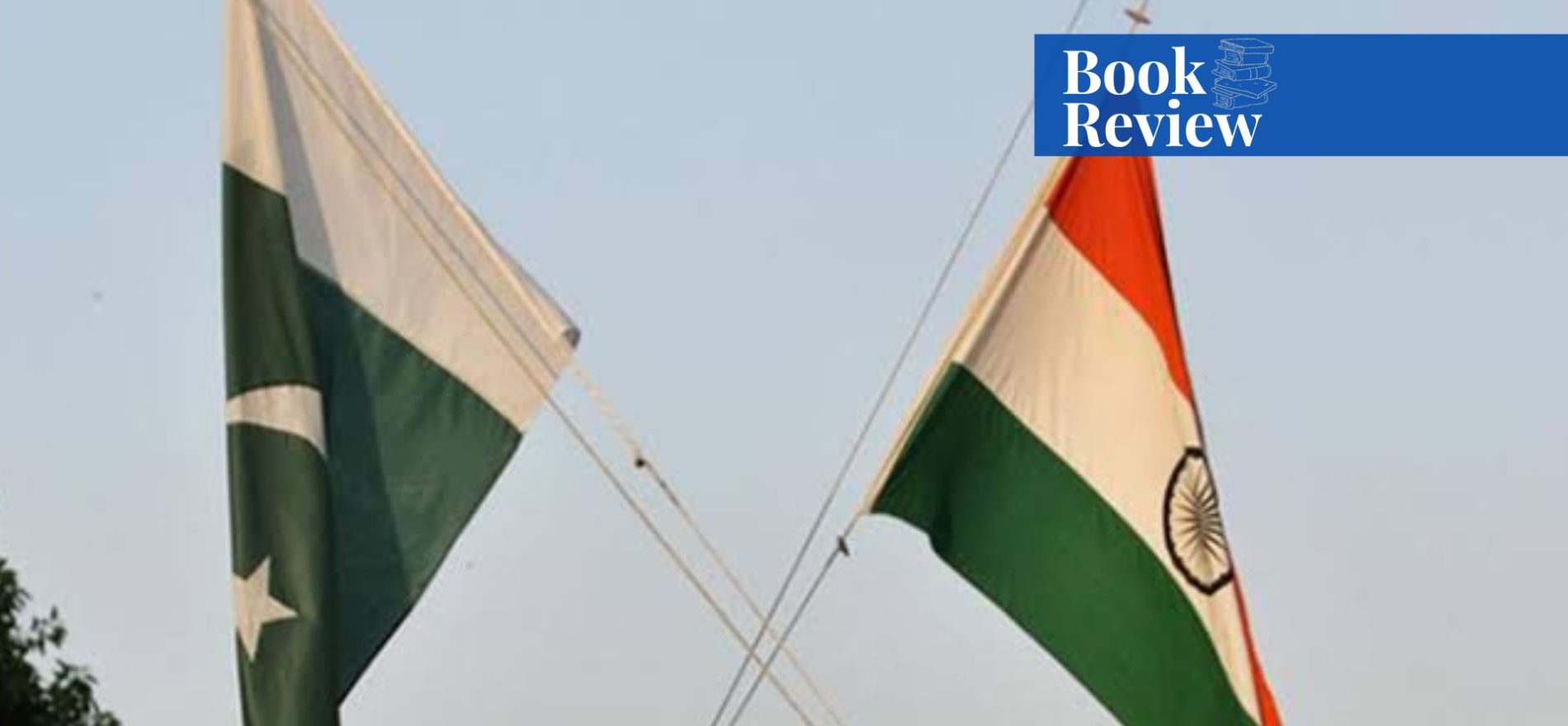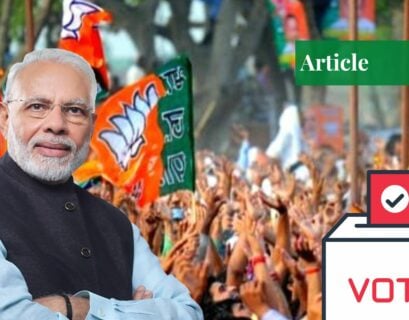Haider Ali Khan is doing his MPhil in International Relations at National Defence University.
Introduction
Ever since their independence, Pakistan and India have been entwined in a perpetual state of conflict over a plethora of issues, most of which have never been settled. Shooting for a Century: The India-Pakistan Conundrum by Stephen P. Cohen explores the friction between the two nations along historical lines, where their enmity can be traced back to their collective colonial past under the British Raj. The partition of India and Pakistan happened under a tragic state of affairs, often overlooked as one of the causes of the hostilities between the two rivals.
The character played by their former colonial masters cannot be neglected when it comes to how a lawyer by the name of Cyril Radcliffe, who had never been to India, draws arbitrary lines on the map and divides the region, which became the basis of their perpetual state rivalry and a cause for instability in the region.
The book’s title – Shooting for a Century: The India-Pakistan Conundrum – draws an analogy from a hundred-score run called a “century” in the game of cricket—the most celebrated and revered sport in Pakistan and India—reminiscent of their colonial past under British rule. Stephen P. Cohen projects that India and Pakistan will surpass the centennial of their independence in 2047, without coming to a normalization of their relationship.
Bitter memories of the partition persist, as many atrocities were committed on both sides of the border, fueling the animosity between the two nations to this day. These borders were drawn on the lines of communal differences between Hindus and Muslims, an overgeneralization by the British Raj at the time that neglected the commonalities between the people of the subcontinent.
Differences began to emerge within both nation-states right after the partition, one of which led to the dismemberment of Pakistan and the creation of Bangladesh in 1971. Both countries have problems with their hardliners given the rise of Hindu fundamentalism, saffronisation of India’s Hindu population, and majoritarianism in a secular country like India. Similarly, a simultaneous rise in Islamic extremism in Pakistan is concerning for regional stability. These fringe elements found in both societies have had a huge influence on the region.
Critique of Clash of Civilizations
Stephen P. Cohen also criticizes Huntington’s argument for the clash between India and Pakistan as part of a larger clash between the Hindu and Muslim civilizations. Undoubtedly, cultural differences exist between the two nations, but Huntington makes a gross generalization vis-à-vis the conflict between India and Pakistan.
Commonalities of culture, languages, and norms can be traced back to history when both Hindus and Muslims lived in relatively peaceful societies. Huntington does not regard the commonalities transcending what he calls a civilization in his book Clash of Civilizations’ political landscape.
Fundamentalists across the border in India and Pakistan have taken Huntington’s analysis of the region with reverence as they have used it to justify their own tormented version of history, for example, Huntington’s idea of a supposed future alliance between Islam and Confucianism was well received by far-right Hindu fringe groups to bolster support for their ideological relevance vis-à-vis Pakistan-China ties.
The author argues that there is a lot more common between India and Pakistan other than the game of cricket that is revered across the border. He also mentions the game of cricket being used as a diplomatic tool by both nations for the normalization of relations.
Cohen argues that commonality is a double-edged sword in the South Asian context, where on one side the commonality of culture and history has led to conflicts like Kashmir but on the other side it has also brought both countries together in terms of a shared culture, cuisine, language, and music—all of which is cherished across the border.
Dynamics of India-Pakistan Relations
Bilateral relations between India and Pakistan have always been subject to international scrutiny, given the volatile nature of security in South Asia and the presence of nuclear weapons in both states. The countries have taken risks to ensure their security under a nuclear threshold.
An asymmetry of conventional capabilities between both nations has forced Pakistan to pursue an aggressive policy of nuclear deterrence to equalize the conventional edge of its much larger foe. Kashmir plays a huge part in the domestic policies of both states. India has accused Pakistan of using arbitrary means as instruments of its foreign policy vis-à-vis Kashmir, however, Pakistan denies the claims and demands India not intervene in its internal affairs.
Shooting for a Century: The India-Pakistan Conundrum emphasizes that Pakistan abandon its adoption of extremism as a state policy. Without a coherent outlook toward regional security, Pakistan cannot move forward toward normal relations with India. Religious extremism emanating from Pakistan is a major concern for India which has had adverse effects on the national stability of Pakistan too.
Being economically weak with an unrelenting hostility towards India might not take Pakistan any further. Moreover, there is an uproar within Pakistan in favor of the normalization of relations with India, as businessmen on both sides of the border have been urging their governments to reduce tensions and facilitate cross-border trade, which could complement the economies of both states. One such example was seen in 2013 when Pakistan extended the “Most Favoured Nation” status to India.
Role of the US
Keeping in mind the US’ involvement in Afghanistan and its growing economic ties with India, the US always finds it onerous to strike a balance between its relations with the latter and Pakistan – America’s most important strategic partner in the region. Stephen P. Cohen talks about civilian supremacy in the political affairs of India and compares it to the dominance of the military in the national and foreign affairs of Pakistan, and he advises the US to play an active part in the normalization process.
Cohen argues that the role of the US is indispensable for a chance of peace and stability in the region. He also criticizes the US policymakers for not making a comprehensive policy for South Asia, let alone a separate policy for both India and Pakistan. There is a need for a coherent policy for South Asia by the US, which also includes the normalization of trade relations in the region.
Cohen sees India as responsible for not allowing trade normalization, provided the economic protectionism of India. Cohen goes on to give Pakistan credit for at least having a more coherent policy concerning its relations with India and the US. Track II diplomacy plays its part, but it is not adequate for the normalization of relations between Pakistan and India. The normalization process is unachievable unless top-down and bottom-up actions are not advanced, and normalization cannot take place unless there is active involvement.
If you want to submit your articles, research papers, and book reviews, please check the Submissions page.
The views and opinions expressed in this article/paper are the author’s own and do not necessarily reflect the editorial position of Paradigm Shift.



















